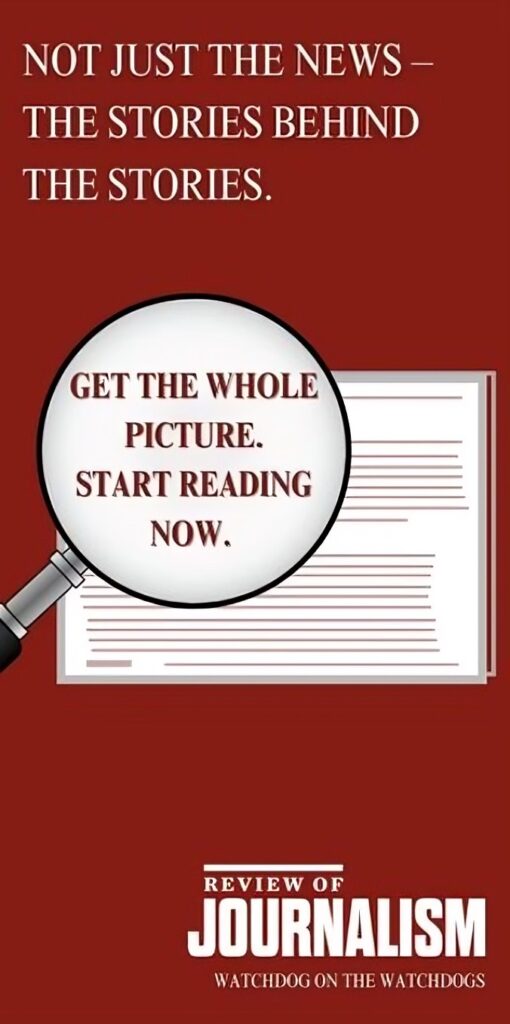Early in 2013, the directors of The Globe and Mail convened in search of a strategy for extricating the newspaper from the financial wreckage of the last few years. Digital networks and information platforms had shattered the framework of commercial news production and the advertising models that supported it. Privately owned newspapers like the Globe, Canada’s leading national daily, were no longer the prime generators and sellers of news in the industrialized world. Their subscribers were melting away, empowered by the internet, cheap computing devices and a culture of aggressive information “sharing”—or thievery, depending on where you stood.
As readers fled, so did advertisers. Newspapers sought to hold their audiences by shovelling their contents onto the World Wide Web and making them available without charge. But it was impossible to pretend to companies with products or services to sell that a person glancing briefly at free news on a screen...
Paul Knox, a former reporter, editor and foreign correspondent for the Globe and Mail, is associate professor emeritus in the School of Journalism at Ryerson University.

